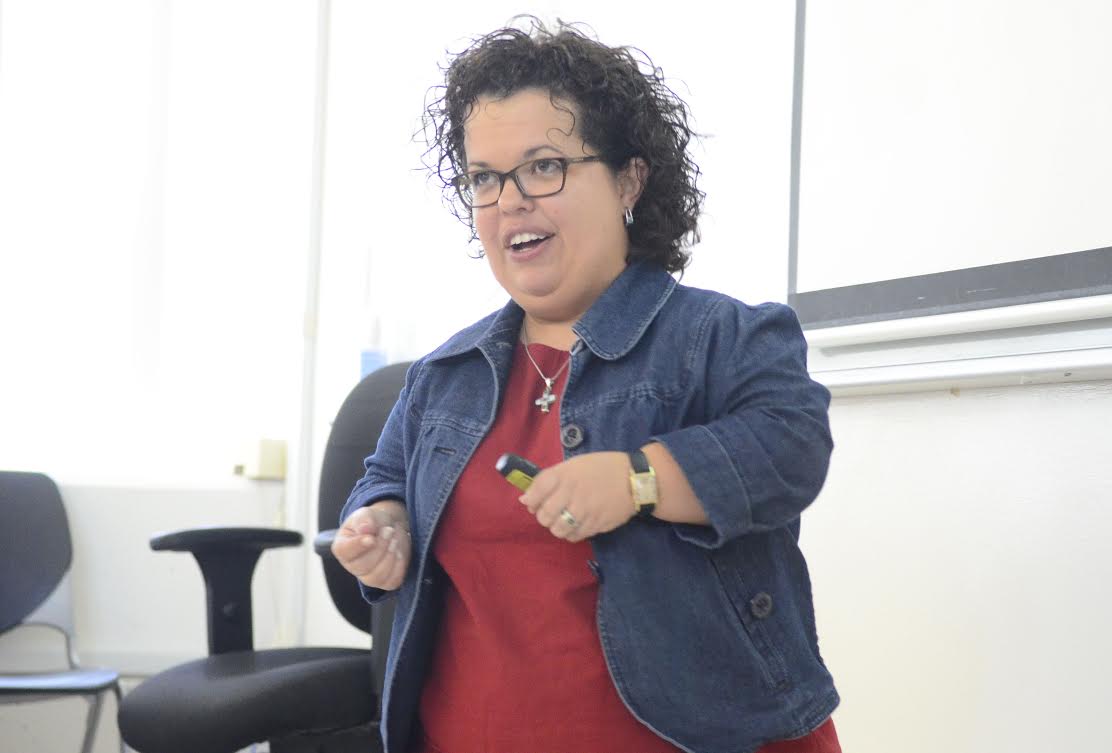Better Year for Western Cotton Growers
Western Cotton Growers See Market Improvement
By Patrick Cavanaugh, Farm News Director
Cotton growers throughout California and the West fared better this year compared to last year in terms of prices and exports, as reported at the Calcot, Ltd. 89th Annual Meeting last week in Tempe, Arizona. Jarral Neeper president and CEO of the Bakersfield-based Calcot, Ltd., the cotton marketing cooperative representing growers in California, Arizona, New Mexico, and Texas, announced, “Last year we produced about 13M bales. We should be a hair over 16M this year.”
Neeper estimated, “We’re going to go from about 10.2 million bales in exports to 11.5 million based on a review of our historical shares of the marketplace and the world, the foreign production/consumption gap, our historical shares of filling that gap, and how much we should export.”
“One year ago at this time, cotton prices were at a very low $0.61 per pound,” said Neeper. “The market eventually fell. Prices rallied a little bit, and then fell down to $0.55. Then, the last month of the crop year, we had  this unforeseen $0.10 rally—almost $0.12 rally.
this unforeseen $0.10 rally—almost $0.12 rally.
In cotton marketing where there are highs and lows, Neeper acknowledged, you can’t always sell high; you have to sell when you can. “As a cooperative, in order to make progress payments to your membership, you do have to sell cotton and turn it into cash.”
“The cotton futures look good,” Neeper said, “even better for the coming year. We’re sitting at roughly $0.70 a pound, about ten cents higher than a year ago. And, generally, California cotton growers tend to get a $0.05 to $0.10 premium per pound because of our growing additions and high quality lint.”
Neeper believes the future of Calcot, Ltd. is “terrific.” He added, “89 years and still going strong; we’re looking for another 89 years.”














